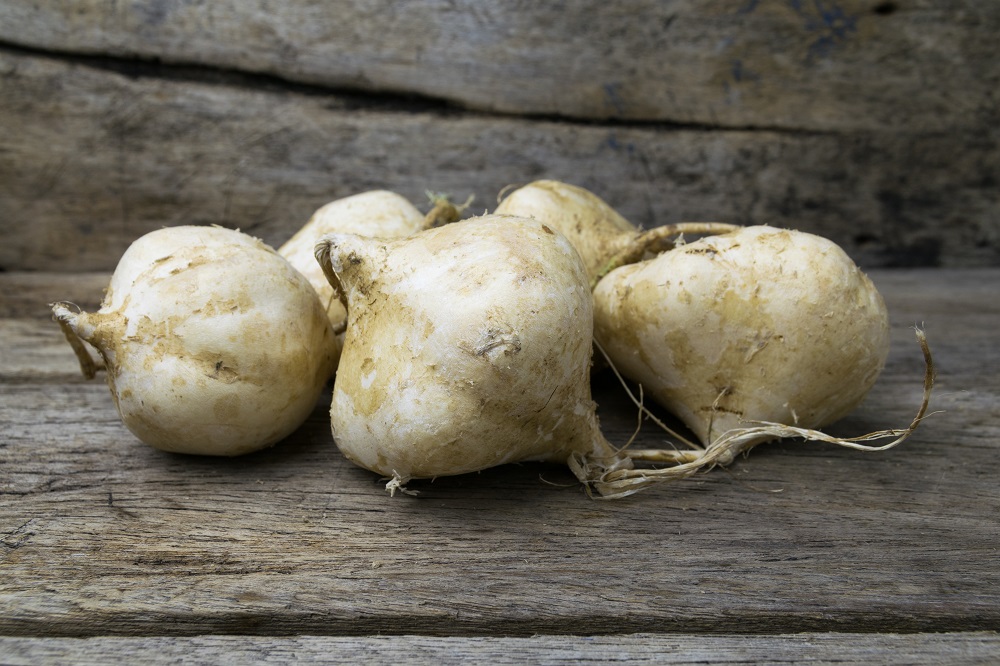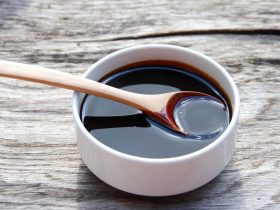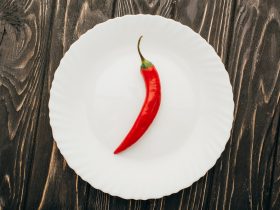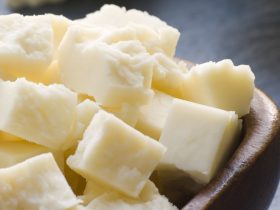The Jicama, more commonly known as the Mexican turnip in the United States, is a potato-like tuberous root with a distinctly nutty and slightly sweet taste, oftentimes compared to that of a pear.
The resemblance ends at the jicama’s taste, however, as the texture of a jicama is somewhat stiff and quite juicy, much like that of an unripe apple. This is true even when the jicama is subjected to various cooking methods, such as frying or baking, which would ordinarily make other organic produce mushy and soft.
There are quite a few different types of alternative produce and food products exist that may act as potential substitutes for the Jicama, depending on which particular characteristic they desire to replicate.
Why Would You Substitute Jicama?
While there are a variety of reasons why someone would desire to substitute the jicama from their recipes or diet, a few stand out as the most common, and as such may present completely valid points for the replacement of this particular tuberous vegetable.

Among these is the fact that the jicama is quite high in starch or other forms of saccharide compounds, making it an unsuitable vegetable for individuals with insulin or blood sugar related conditions, as even in its raw form, jicama may raise the blood sugar by some level.
Another reason is that, while the jicama is an extremely versatile vegetable, its particular flavor and texture may be unpleasant to certain individuals, especially when paired with certain other ingredients that clash with its nutty yet sweet taste.
Flavor Substitutes for Jicama
With an unmistakably sweet yet nutty flavor, the jicama is difficult to replace in certain dishes, especially in salads or other kinds of meals that use the jicama in its raw form, owing to the fact that jicama’s flavor is at its strongest prior to being cooked.
Fortunately, a few alternative vegetables exist that present a taste approximately similar to that of the jicama, though it is likely that individuals in the western hemisphere may find purchasing these particular vegetables difficult unless they live near an exotic produce market.
Water Chestnuts
The primary substitute to be considered when replacing a jicama for any reason whatsoever, water chestnuts are both structurally, texturally and gustatorily similar to the jicama, so much so that certain individuals may even get the two confused.
The water chestnut is, just like the jicama, crunchy in flesh and nutty with mild notes of sweetness when eaten raw, as it normally is consumed. Even cooked, water chestnut retains much of its physical integrity, remaining crunchy and firm despite the high temperatures, a trait that it shares with the jicama.
Sweet Potato
Perhaps the most common vegetable that will be found in this article, the sweet potato is, much like the jicama, a tuberous vegetable that is known for having a distinctly nutty and earthy taste.
Unlike the jicama, however, the sweet potato is usually cooked prior to being consumed, a process that causes its previously firm flesh to become soft and mushy. This makes the sweet potato an unsuitable substitute for jicama in situations where the recipe calls for a raw or otherwise crunchy vegetable, such as salads or soups.
Cassava or Yuca
The cassava, otherwise known as the yuca, is also a tuberous vegetable primarily consisting of saccharide compounds much like that of the sweet potato or jicama.
While the particular flavor profile depends on the ripeness, age, and type of cassava being utilized, it is most often described as sweet with slightly bitter notes in the aftertaste portion of its flavor profile.
However, care must be taken when choosing to consume cassava, as it is known to cause acute cyanide poisoning in individuals that do not properly clean, cut, and cook it. It is the last stage of this process that also makes cassava unsuitable for certain types of dishes that one may be substituting jicama in, such as salads or certain types of soups.
Texture Substitutes for Jicama
In certain dishes or cases wherein the particular flavor of the jicama is not as important as the textural experience it may add to the recipe, the type of foodstuffs that may act as a substitute for the jicama changes, with a deeper focus on the similarity in physical integrity and mouth-feel of the substitute vegetable or fruit instead of its flavor profile.
Due to the jicama’s fibrous and juicy nature, it may be quite difficult to find a suitable replacement owing to the fact that most fruits or vegetables of this nature oftentimes require cooking or some other form of processing that may ruin their texture, altering it to something far from the physical integrity of the jicama.
Jerusalem Artichokes
Much like many of the potential substitutes mentioned in this article, the Jerusalem artichoke or sunroot is a tuberous vegetable with an elongated and gnarled appearance. Internally, the flesh of the Jerusalem artichoke is white or red, and presents a crunchy and slightly juicy texture, not unlike that of the jicama itself.
Flavor-wise, the Jerusalem artichoke is only slightly sweet, with a mild earthiness, much like a toned-down version of the jicama itself.
Not only does this make the Jerusalem artichoke an excellent replacement for the jicama in a variety of dishes, raw or otherwise, but also a potential flavor replacement in the case that the recipe calls for only a small amount of jicama in the context of flavor.
Japanese Daikon Radishes
The Japanese daikon radish, otherwise simply called a daikon, is a plant primarily consumed for its root outcropping, of which presents a pale and oftentimes pockmarked appearance. The daikon radish is most often used in salads wherein it retains its raw form or may otherwise be cooked into various Japanese dishes as a soup ingredient or shredded into a topping.
Texturally, the raw Japanese daikon radish is much like the jicama wherein it is firm to the touch and presents a significant crunch when bitten into.
However, the daikon radish does not share any similar notes of flavor with the jicama, and as such is best used in dishes that do not require the actual taste itself of the jicama and only its textural profile.
Apple
While not often considered the first potential substitute for the jicama, the apple is in fact quite similar in texture to the tuberous vegetable, while presenting a significantly stronger sweetness if consumed when properly ripened.
The particular flavor of the apple, however, may prove to clash with other ingredients in a dish that provide a savory or salty edge to the recipe, therefore making the fruit a poor substitute in dishes that are not primarily sweet, such as savory stews or sandwiches.
References
1. Collins English Dictionary – Complete and Unabridged, 12th Edition 2014. S.v. “Jicama.”
2. Woolfe, Jennifer A. (5 March 1992). Sweet Potato: An Untapped Food Resource. Cambridge, UK: Cambridge University Press and the International Potato Center (CIP)
3. Larkcom, Joy; Douglass, Elizabeth (1994). Oriental Vegetables: The Complete Guide for the Gardening Cook. Oxford University Press US





Hi, I'm Dom
Dom Eats was started to help other people fall in love with food. While cooking can feel intimidating, it doesn't have to be.